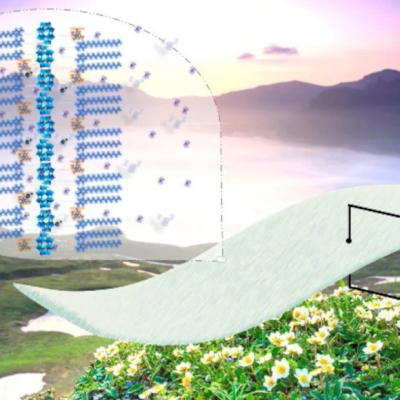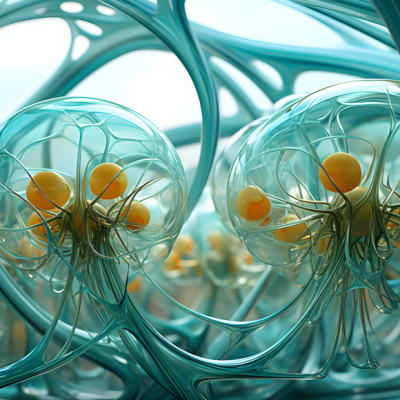A groundbreaking discovery has been made by researchers at Nankai University in Tianjin, China, who stumbled upon a previously unknown property of the carbon modification graphene. The discovery could revolutionize space travel, with the potential for spacecraft and even probes to be propelled in an entirely new way using light. The team of scientists was experimenting with graphene, attempting to determine whether its known properties, such as its strength and conductivity, remained intact when arranged in larger formations. They created a sponge-like structure from crumpled sheets of graphene oxide and attempted to cut it with a laser, but were surprised to find that the sponge moved forward when the laser hit it. The researchers repeated the experiment and found that the sponge moved every time the laser hit it, even when exposed to sunlight focused through a magnifying glass.
The scientists were initially unsure of the cause of the phenomenon, but ruled out photon pressure as the sponge’s propulsion was too great for the pressure exerted. They believe that the graphene absorbs the laser’s energy, creating an electrical charge that builds up until the material can no longer absorb any more electrons, at which point there is a sudden discharge that propels the sponge in the opposite direction. The researchers also found that an electric current flows away from the sponge when it is exposed to a laser. While it is still unclear why the electrons do not fly off in all directions, this new knowledge could lead to the development of a powerful propulsion system for spacecraft and probes that draws its energy from the sun.
This new technology would be weaker than chemical rocket propulsion, but would provide significantly more thrust than solar sails. The discovery was made by chance, and the researchers are still exploring the potential applications of their findings. The discovery of this new property of graphene could have far-reaching implications for space travel, and the researchers are excited to continue their work in this field.










